Level up your drawing skills in 6 exercises
Drawing is one of the core elements of the visual arts, plays a vital role in many other creative and technical fields, and can be improved with practice and contribute to the development of other types of visual communication.
Here are 6 simple creative exercises to improve your drawing skills.
Vase/Face Exercises
This exercise is about figure-ground perception – the way our vision identifies objects, such as face/vase images. In this classic example, we can see the outline of two faces facing each other or the curvilinear outline of a vase.
For this exercise, start by drawing an outline. If you’re right-handed, start with your profile on the left side of the page; if you’re left-handed, start with your profile on the right. As you draw the shape of the face, name the features out loud: “Forehead… Eyebrows… Nose… Lips… Chin… Neck…”
When you have finished the first face, try to draw another face, which will complete the image of the vase/face.
Chances are you will find yourself struggling to outline, and this conflict is the most valuable part of the practice. Conflict is your brain’s struggle between how things “should” be and what they really are – an exercise that requires moving from a verbal description to a non-verbal, purely visual perception of the world that is at the heart of good drawing.
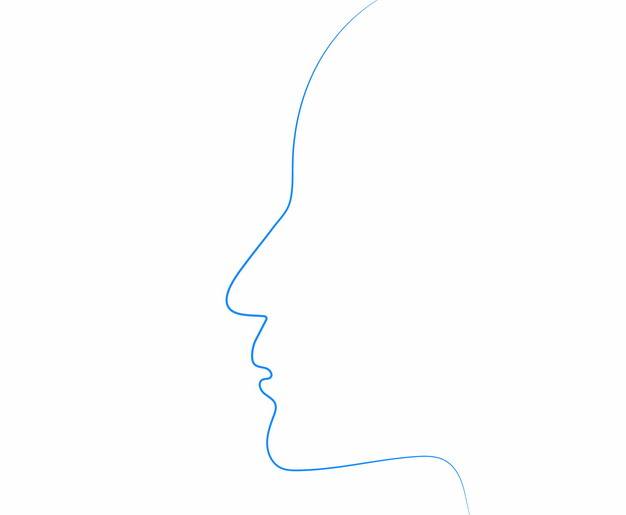
Gesture painting
Gesture painting is not concerned with the precise appearance and details of things, but aims to capture the movement, vitality, energy and essence of the visual world.
A great way to practice gestural drawing is to observe and outline the movements. This could be moving people and animals, outdoor scenes such as a busy street with sidewalks, traffic and lights or movement in nature and weather such as wind shaking trees and leaves, clouds moving across the sky, changes in light or waves hitting a beach, or even It’s moving images – sketches in TV and movies. Wherever you choose to capture the action, you can quickly and repeatedly sketch on top of previous images. You may find that your paintings become similar to the works of animation or cubists Pablo Picasso and Georges Brax.


Second, static objects and scenes can be drawn using gesture drawing. Try to paint with quick and dynamic movements, using gestures and hand movements – again, don’t focus on details, but try to frame the picture with minimal markup, capturing the visual essence of the subject.
Automatic drawing
Automata is a highly expressive form of image-making first proposed, developed and popularized by the Surrealists – Andre Breton, one of the movement’s founders, described Surrealism as “pure”. mental automatism”. In essence, auto-drawing is “without a second thought” the creation of random markers and subsequent reflection on what has been drawn; in this sense, auto-drawing can be a powerful tool for art therapists. People undergoing art therapy treatment and diagnosis – this could be children coping with abuse, incarcerated offenders, the elderly, people undergoing detox and detox and alcohol, or in many other difficult situations – may be Ask to make drawings regardless of what they are creating. The results can be used as a form of diagnosis to reveal subconscious or repressed emotions and thoughts. Automating is also related to “media automation,” in which people claim to draw or write on behalf of spirits and ghosts.
For your own practice, automatic drawing can be a great way to make your drawings more free and fluid. Just grab a piece of paper, try to get rid of all your thoughts, and start making random marks with your drawing tool, be it pencil, charcoal, graphite stick, pen or brush. The results may be rather crude, naive and abstract, but should give you a lot of ideas. Ideally, if you have enough space and room to make a mess, pin a large sheet of paper to the wall and attack the picture with a large brush dipped in ink, swinging the brush like a fencing sword. The experience can be truly cathartic and should leave you with some powerful pictures.
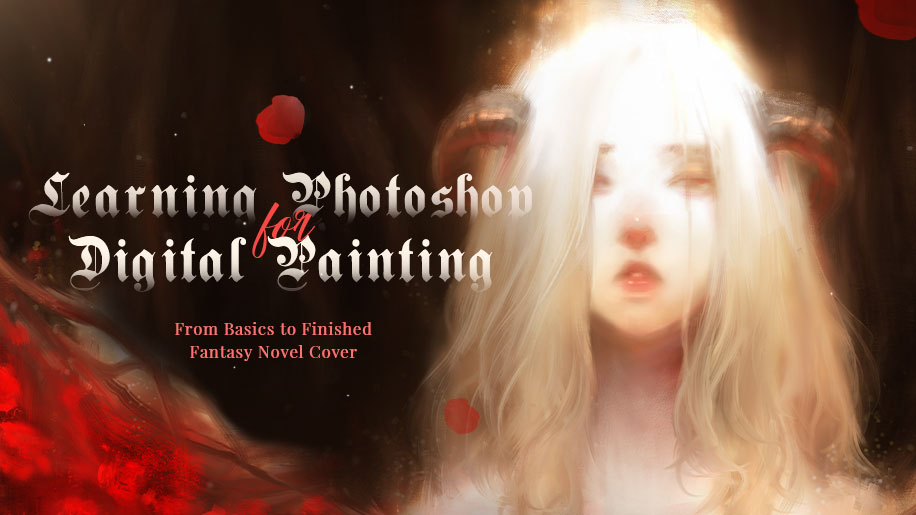
For this exercise, find a photo of a face – try to find a photo of an interesting face. With the picture selected, turn it upside down and start copying it into the drawing. It’s important to try to forget that you’re drawing a face; instead focus on shapes, lines, angles, and patches of light and dark. Don’t think about the facial features, simply explore the details of the picture. When you’re done, flip your drawing up the right way – you might be surprised how accurate your copy is.
Human perception is tuned to look for the recognizable features that make up a face, and when we try to draw a face—whether from memory, copied photos, or straight from life—we often draw what we subconsciously think What a face should look like. With a set of symbols like eyes, nose, mouth, etc. in mind, in drawing we often substitute a set of symbols for the true representation of features, resulting in recognizable facial images, but still impractical. By learning to “forget” what you’re drawing and instead focus on the purely visual reality of the scene in front of you, you should be able to create more realistic and lifelike drawings.
Draw Negative Space
Negative space is the area of the picture outside the main subject of an image, defining the shape and space of the subject and various elements in the drawing. As an exercise in negative space drawing, choose objects or scenes that have interesting shapes in them. It could be seemingly mundane things like chairs and tables, or complex scenes like mosaics of foliage on plants or trees. You can also ask someone to pose for you and use the shapes around their body to paint.
Whatever theme you choose, identify the main area of negative space around the object and try to draw it; try to forget the theme of the image and just focus on the shapes and angles that make up the picture. Once you’ve described the main area of negative space — the base unit — you can draw all of the negative space outward. Leave a chair, tree, person, or whatever else you choose as the central subject blank, adding tone and detail only in the negative space. As a result, you should produce some pleasing drawings.
Drawing negative space works similarly to the vase/face and upside-down drawing exercises, helping you learn how to forget about recognizable objects and features in pictures and focus on a more realistic representation of the visual world. Using this technique is especially handy for aspiring graphic designers and artists, as its implementation is a key component of good design technique.
Non-dominant hand-painted
Finally, painting with your non-dominant hand (left for right-handers; right for lefties) is a great way to relax painting, and often produces some surprisingly pleasing results. The practice of drawing involves studying information visually, processing it through the brain and controlling the hand to make markings. When we make pictures by hand, we’re often not used to painting with images that are less controlled and often more fluid and intuitive than usual – another great exercise for developing and improving your drawing skills.
[Workshop Fundraising] Animation Background Concept Design in Blender
Pre-registration: Only $59!!The first 20 users who pay the balance can enjoy a $100 coupon in addition.After finishing the rest of the payment, you will receive a big gift package- 180 days Wingfox Plus Membership.For PLUS,you can enjoy some free tutorials.
This brings us to the end of the article. If you found this useful, please help support me by liking at the bottom of the article and subscribing to my wingfox blog channel so you don’t miss any future uploads.
Post a Comment
要发表评论,您必须先登录。
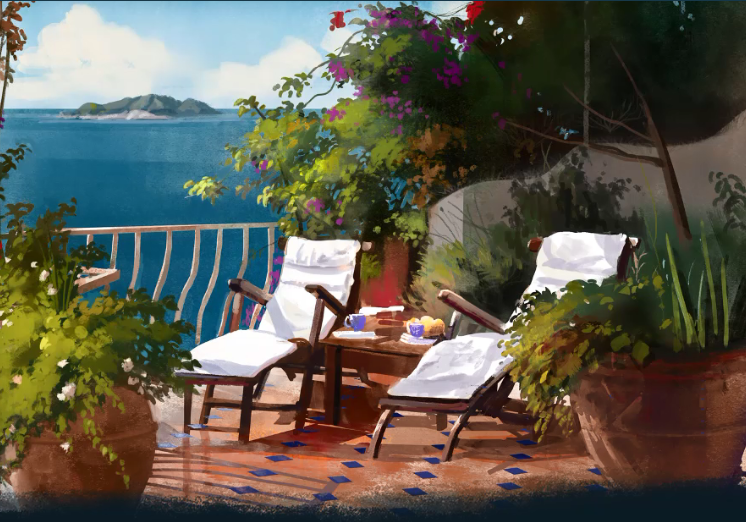








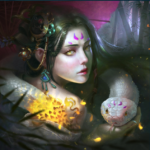
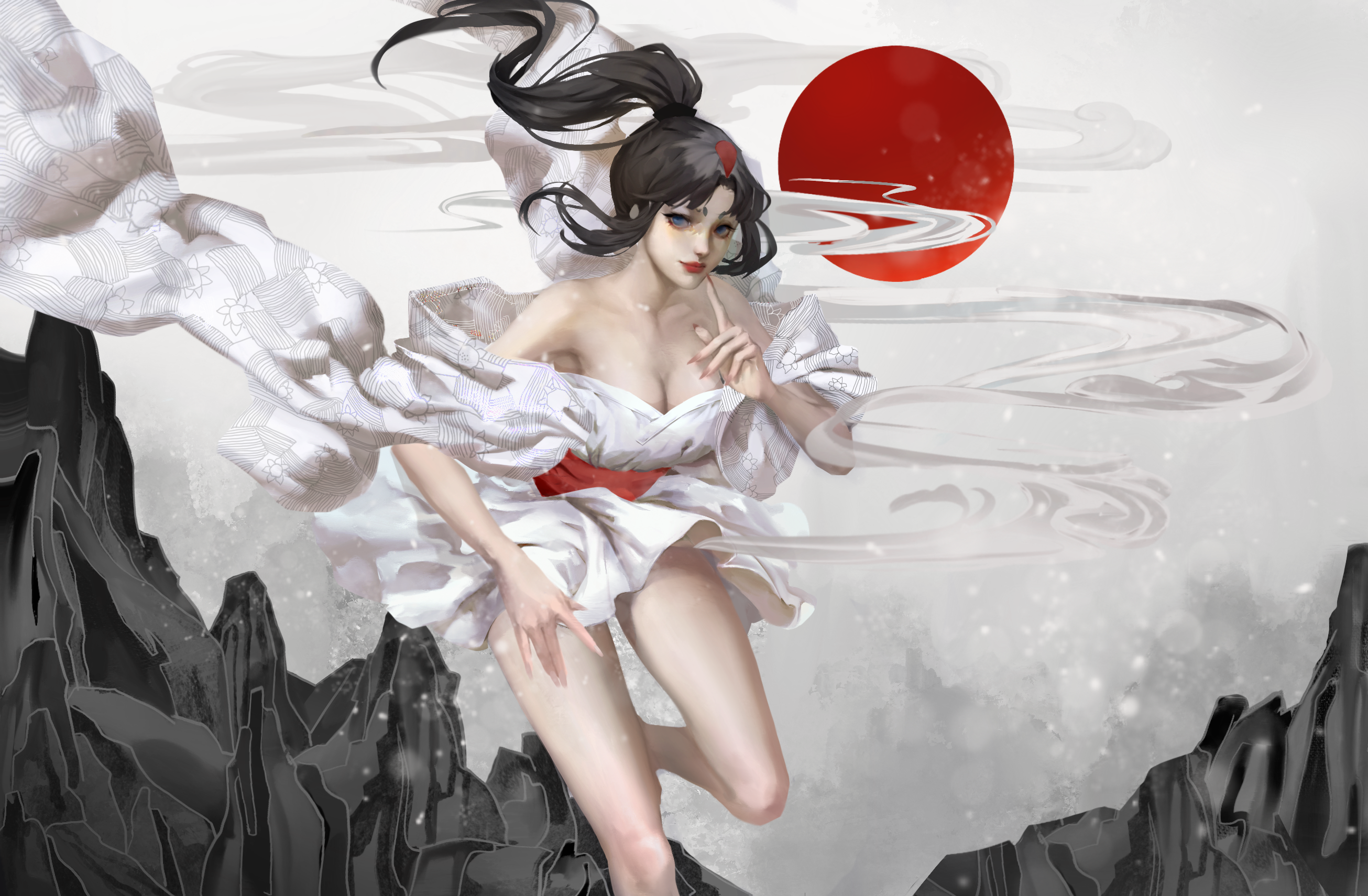
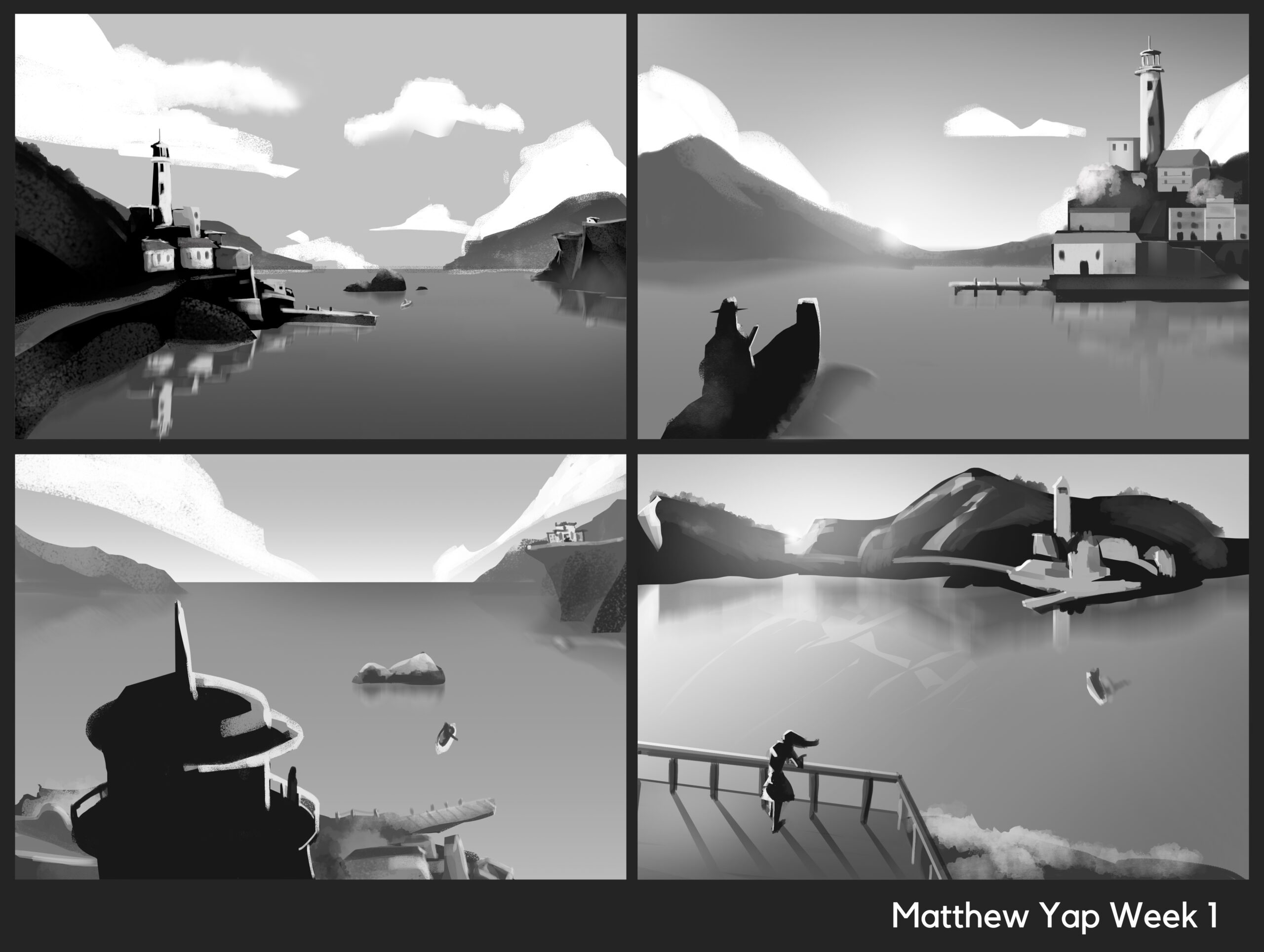

Pingback: Level up your drawing skills in 6 exercises | a...
2022-02-17